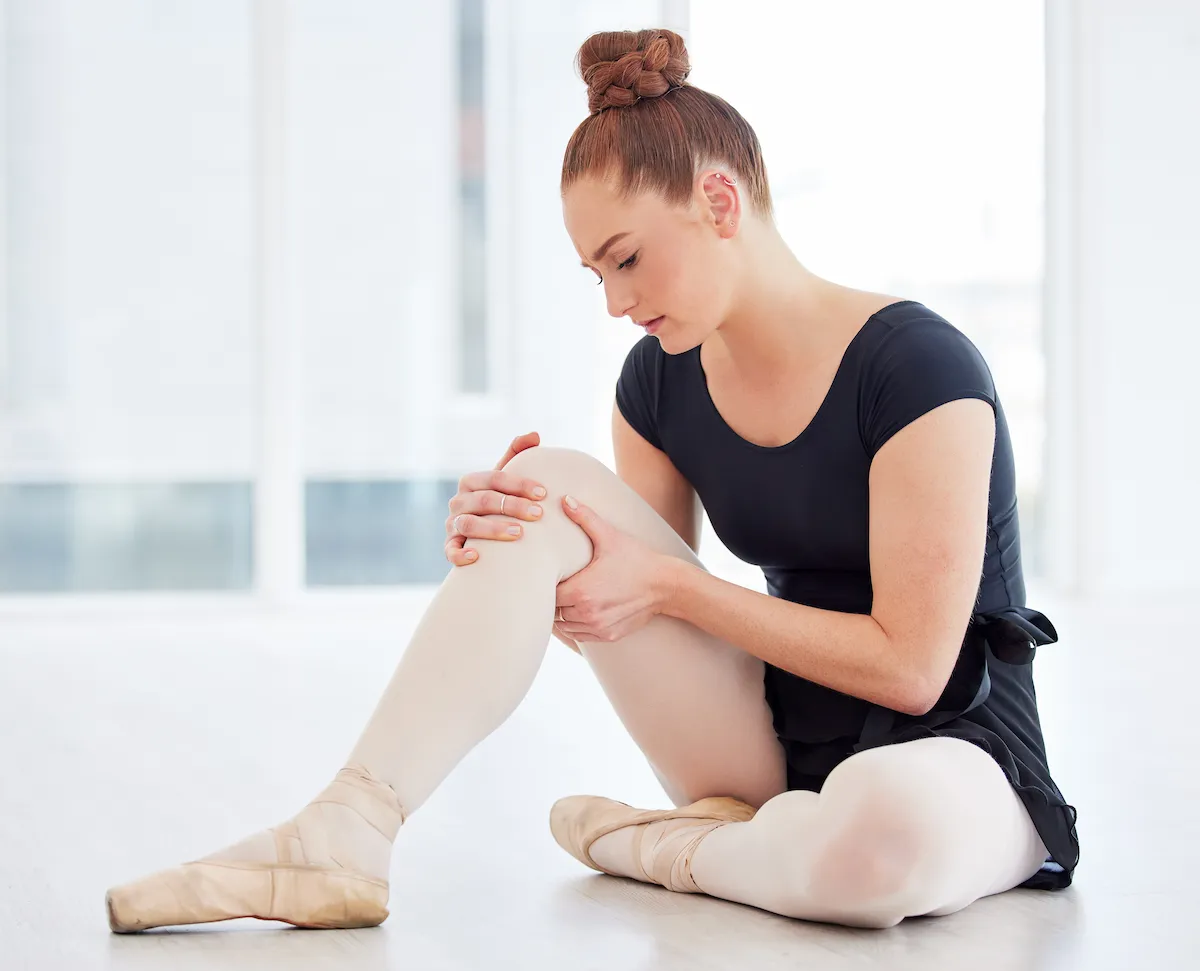Welcome to Orthomed Hospital’s Program on dance-related injury care, your go-to resource for understanding, preventing and treating injuries commonly experienced by dancers. Dancing is a beautiful and expressive art form, but it also requires physical exertion and places unique demands on the body. Whether you’re a professional dancer or simply enjoy dancing as a hobby, it’s essential to prioritize injury prevention and proper care to ensure longevity and well-being in your dance practice.
In this section of our website, we will explore the most common dance-related injuries, their causes, symptoms, and available treatment options. We will also discuss preventative measures and rehabilitation techniques that can help dancers avoid injuries, promote recovery, and enhance performance.

We understand the passion and dedication dancers have for their craft, and we are committed to providing you with accurate and practical information to support your dance journey. However, it’s important to consult with our qualified healthcare professional for proper Diagnosis and treatment of the Injuries.
New No. 85, Royapettah High Road, Royapettah, Chennai – 600014
© Designed and Developed By cloudstar.digital